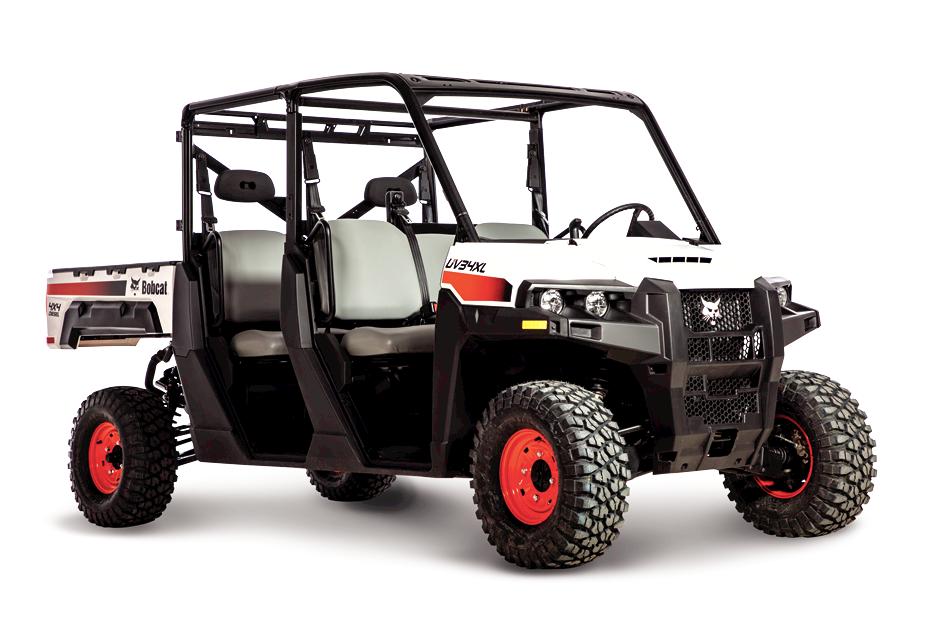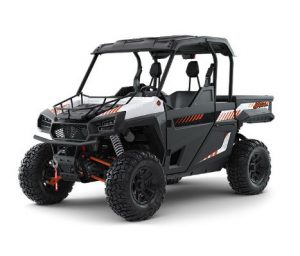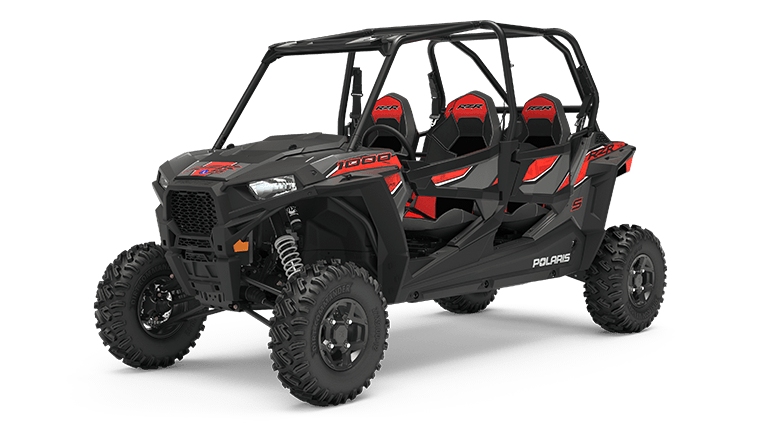
BRP Quarterly Results Overview
BRP reported another strong quarter with revenues increasing 17% year over year to $1,334 billion (CA). Year-Round Products segment sales drove the BRP quarterly results for the first quarter of their 2020 fiscal year. In addition, sales increased across US, Canadian and International markets. Management reported that the company’s retail growth outpaced or at least matched industry growth around the globe.
UTV Related Highlights
The following are some of the highlights from the BRP quarterly results as they relate to the UTV market.
- Similar to other OEMs, BRP noted that snowbelt weather hindered retail sales early in the quarter but rebounded later
- Weather delayed sales rather than being permanently lost
- Side-by-side North American retail sales increased high single digits compared to mid-single digits for the industry
- Retail sales could have been higher except for constrained Defender UTVs supply
- Management reported strong promotional activity from competitors during the quarter but the environment is improving
- Side-by-side retail sales for the season(~ 10 months) are up high teens %
- Globally, BRP side-by-side average selling price is flat and up slightly for YTD and quarter respectively
- Defender sales have been particularly strong and supply remains tight
- Management reports taking the most side-by-side market share in the industry for the season in both utility and sport segments
- Market share is up in Middle East and Asia-Pacific regions as well
- Do to supplier locations, China related tariffs minimally affect costs
- BRP is launching a new side-by-side platform in June
- Increased production capacity will be online
- Management increased their guidance for FY2020 results, predicting revenue to increase 9% to 13%
- Guidance for Year-Round Products which includes side-by-sides is for a 14% to 19% increase
Learn more: Earnings call transcript (seekingalpha.com)
SVR’s Take
BRP continues to be the main challenger to Polaris in the side-by-side market. Between the two of them they control around 60% of the market. With both growing market share for the most part, many of the other manufacturers are likely suffering. The success of the Can-Am Defender line, particularly in agriculture markets, is likely hurting companies such as Kubota and John Deere.











